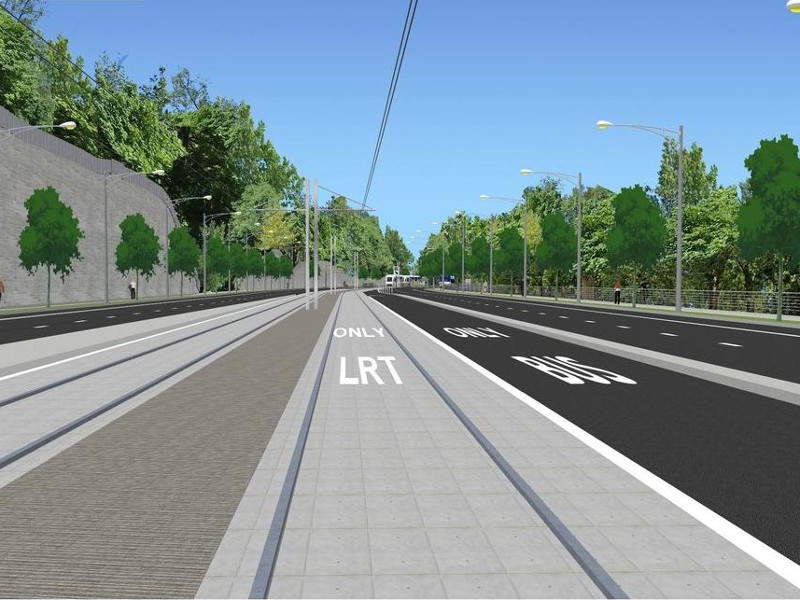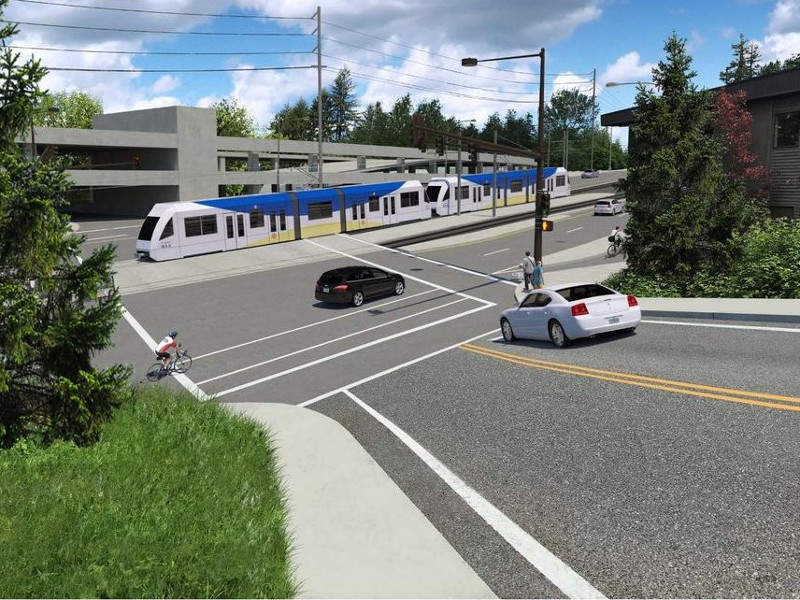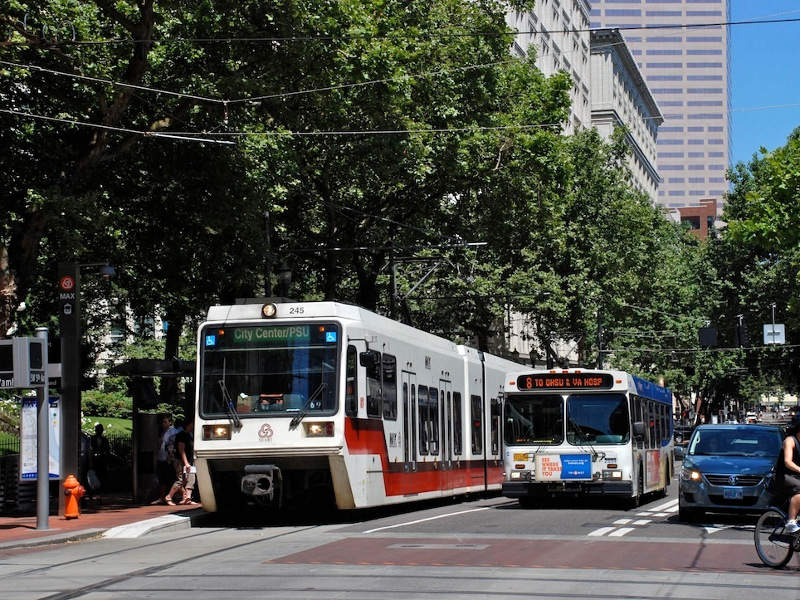The Southwest Corridor light rail project is a 19.3km-long light rail transit (LRT) service proposed to be developed between downtown Portland and Bridgeport Village in Tualatin.
It is being undertaken by Oregon Metro (Metro) and the Tri-County Metropolitan Transportation District of Oregon (TriMet).
The LRT project is an extension of the existing MAX Green Line, which runs south from the Green Line’s existing point at Portland State University (PSU) to the downtown Portland transit mall.
Construction of the light transit project will start in 2022 and is scheduled for completion in 2027.
Southwest Corridor LRT purpose
The purpose of the Southwest Corridor LRT is to provide a cost-effective, direct transit service between Tualatin, downtown Tigard in south-west Portland and the region’s city centre.
The LRT extension aims to offer sustainable travel options to reduce overall transportation costs while improving environmental conditions in the area.
Limited transit service and street connectivity, and congested roadways have necessitated the development of the Southwest Corridor LRT project.
Southwest Corridor light rail project details
The LRT project will involve the construction of up to 13 light rail stations with 200ft-long platforms. The new stations will feature seven park and ride facilities with up to 4,200 spaces. The new route will be served by up to 32 light rail vehicles (LRVs) with a service frequency range of 7-15 mins. The two-car train sets will be added to the existing TriMet fleet.
A new pedestrian connection between SW Barbur Boulevard and Oregon Health & Science University (OHSU) on Marquam Hill will also be created.
The new extension will also feature a new light rail operations and maintenance (O&M) facility in Tigard, which will have the capacity to accommodate up to 42 LRVs. The roadway along the light rail alignment will be modified and bicycle lanes and sidewalks will be added as part of the project.
Access to stations will be enhanced by new walking and cycling paths. The road and ramps of the Ross Island Bridge will be modified and a signalised intersection along SW Naito Parkway will be added.
A 3.2km-long paved LRT way will be added in South Portland to allow express use by buses that commute to / from downtown. The Newberry and Vermont viaducts will be replaced as both are not up to the existing street codes.
Southwest Corridor LRT route
The proposed LRT route will pass through the middle of Barbur Boulevard and run on 70th Avenue until Elmhurst Street in Tigard.
It will then cross Highway 217 and continue to the east of Hall Boulevard before terminating at Bridgeport Village.
Benefits of Southwest Corridor LRT
The LRT project will provide a reliable and fast travel option and will serve approximately 43,000 weekday riders by 2035. It will create an enhanced bike and pedestrian path to PCC Sylvania campus and provide shuttle connection between the campus and MAX.
The LRT will help in connecting the existing and future job locations and homes with Portland State University (PSU), Oregon Health & Science University (OHSU), National University of Natural Medicine (NUNM) and Portland Community College-Sylvania (PCC).
It will allow people to switch between travel modes, as well as enable them to access jobs, medical services and educational facilities on Marquam Hill at OHSU, the Veterans Administration and Shriners hospitals.
The proposed LRT project will support local and regional plans, including the Tigard Triangle Strategic Plan, Barbur Concept Plan and 2040 Growth Concept, which aims to accommodate growing population and jobs.
Funding
The estimated cost for the LRT project will be between $2.6bn and $2.8bn, which will be funded through a federal new starts grant and potential regional funding measure, as well as state, regional, and local funding sources.






